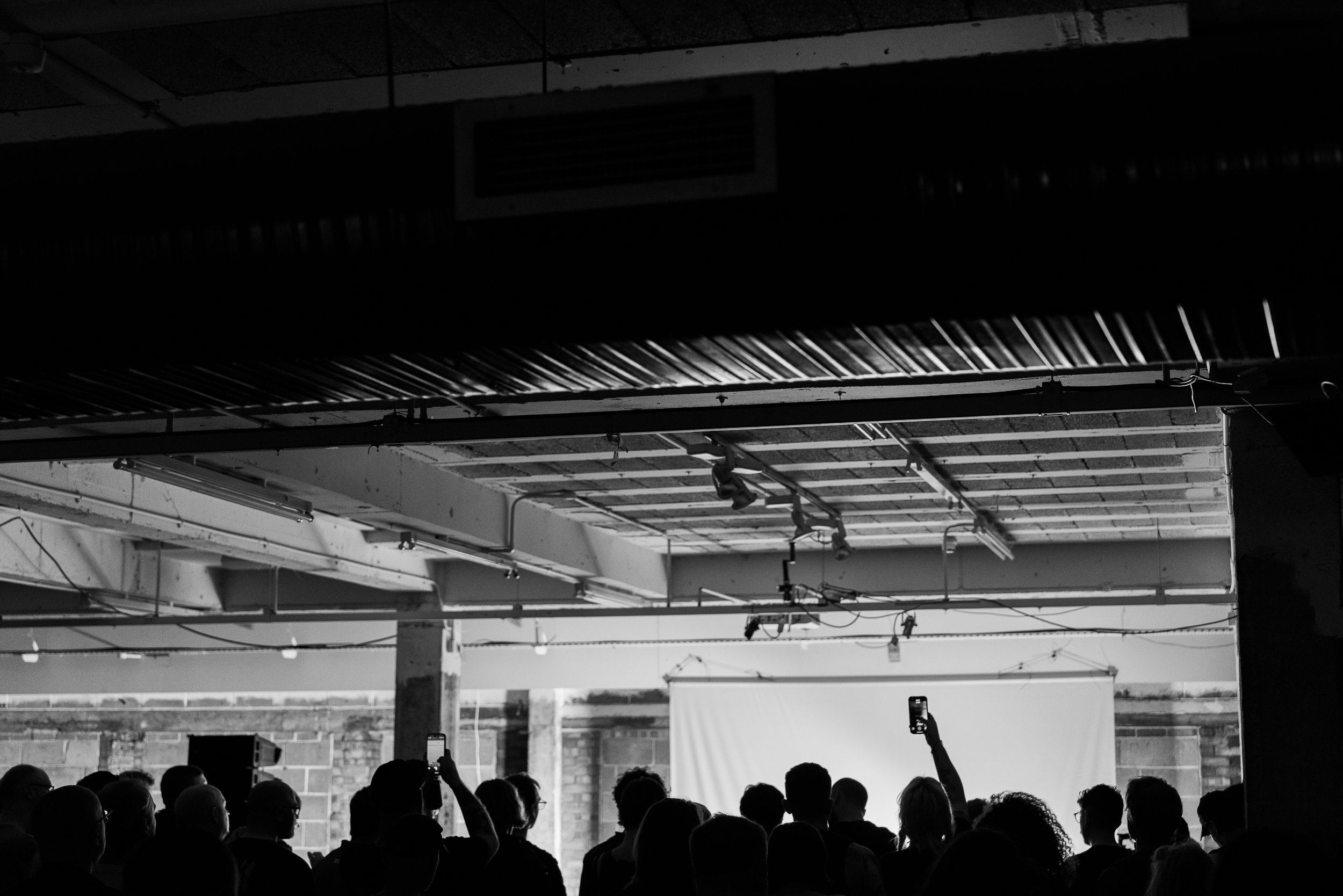weapon & wound
weapon & wound

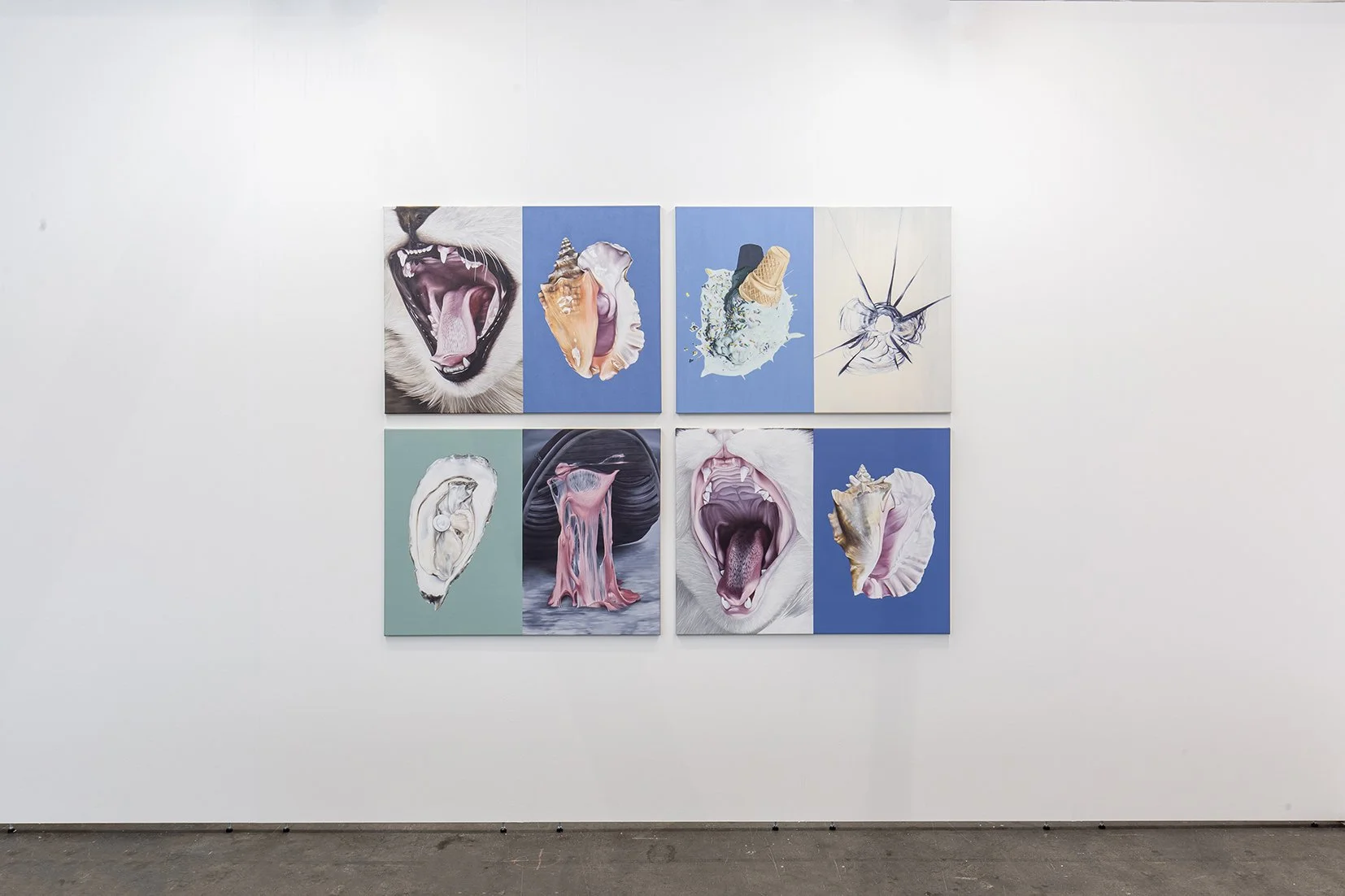
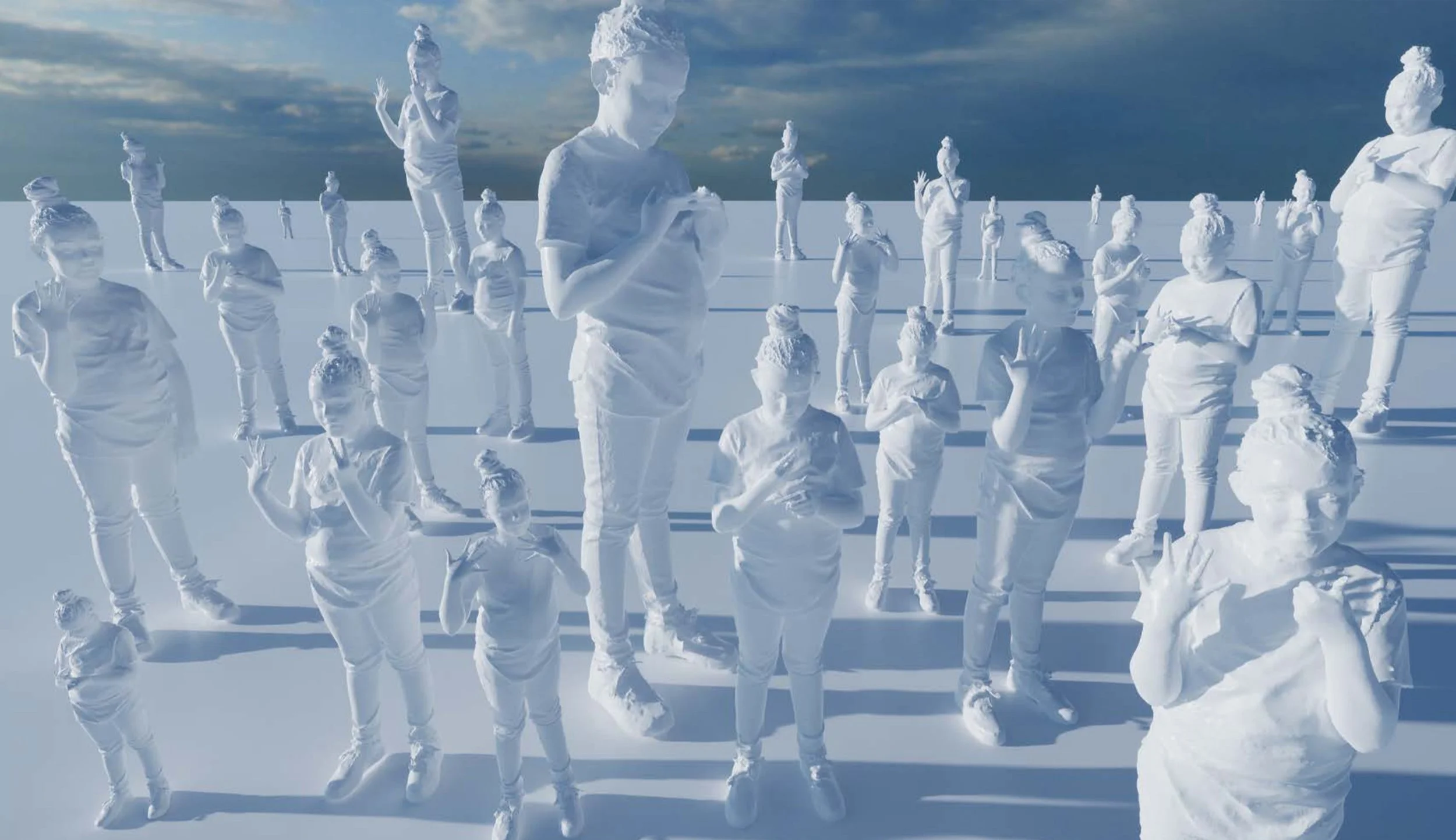
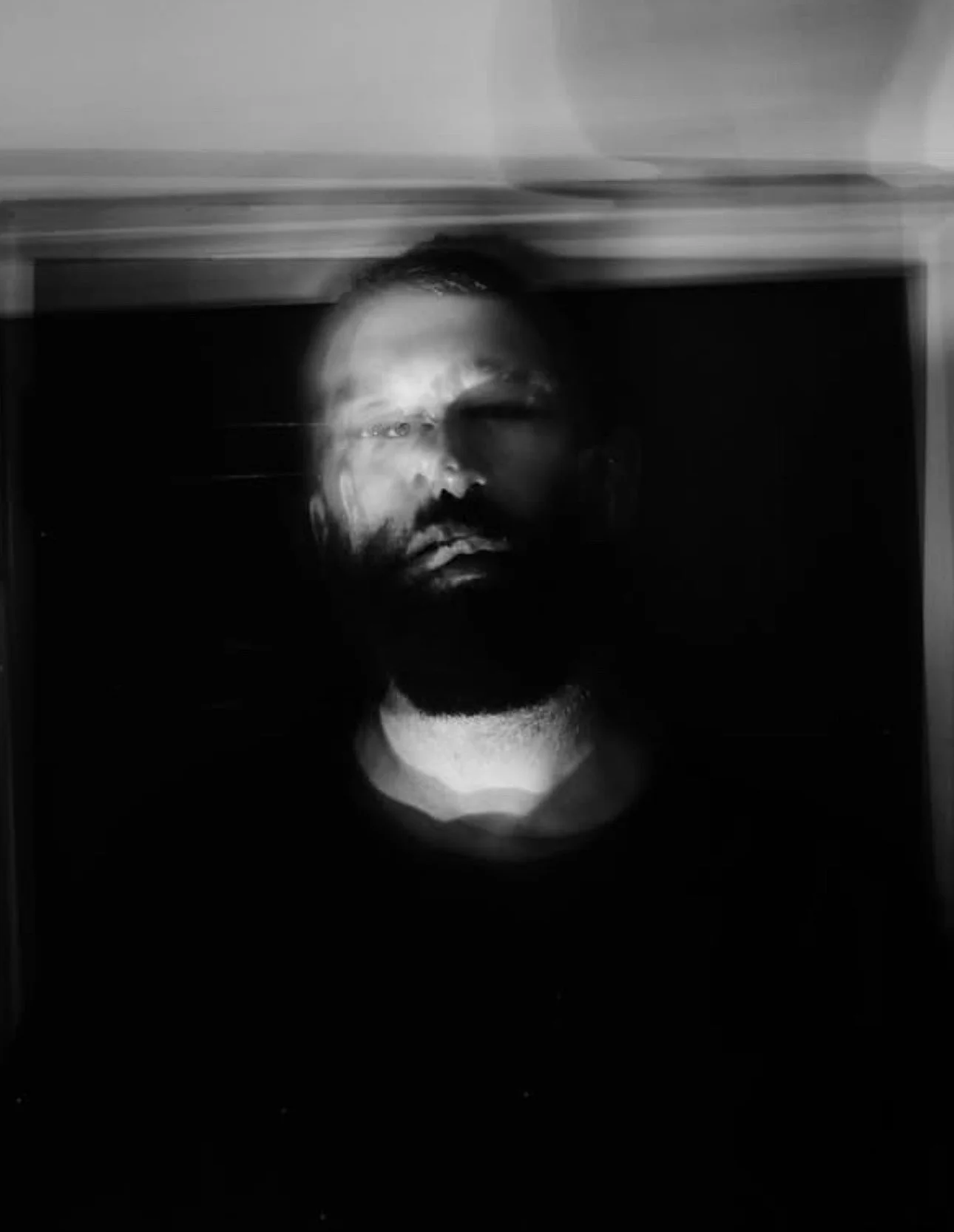

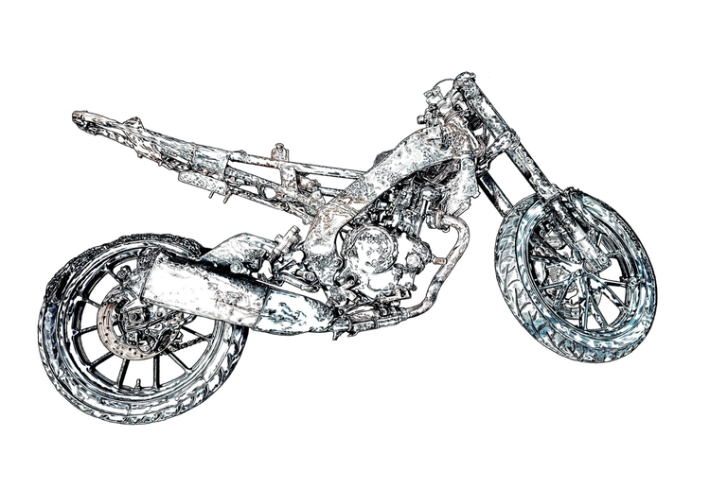
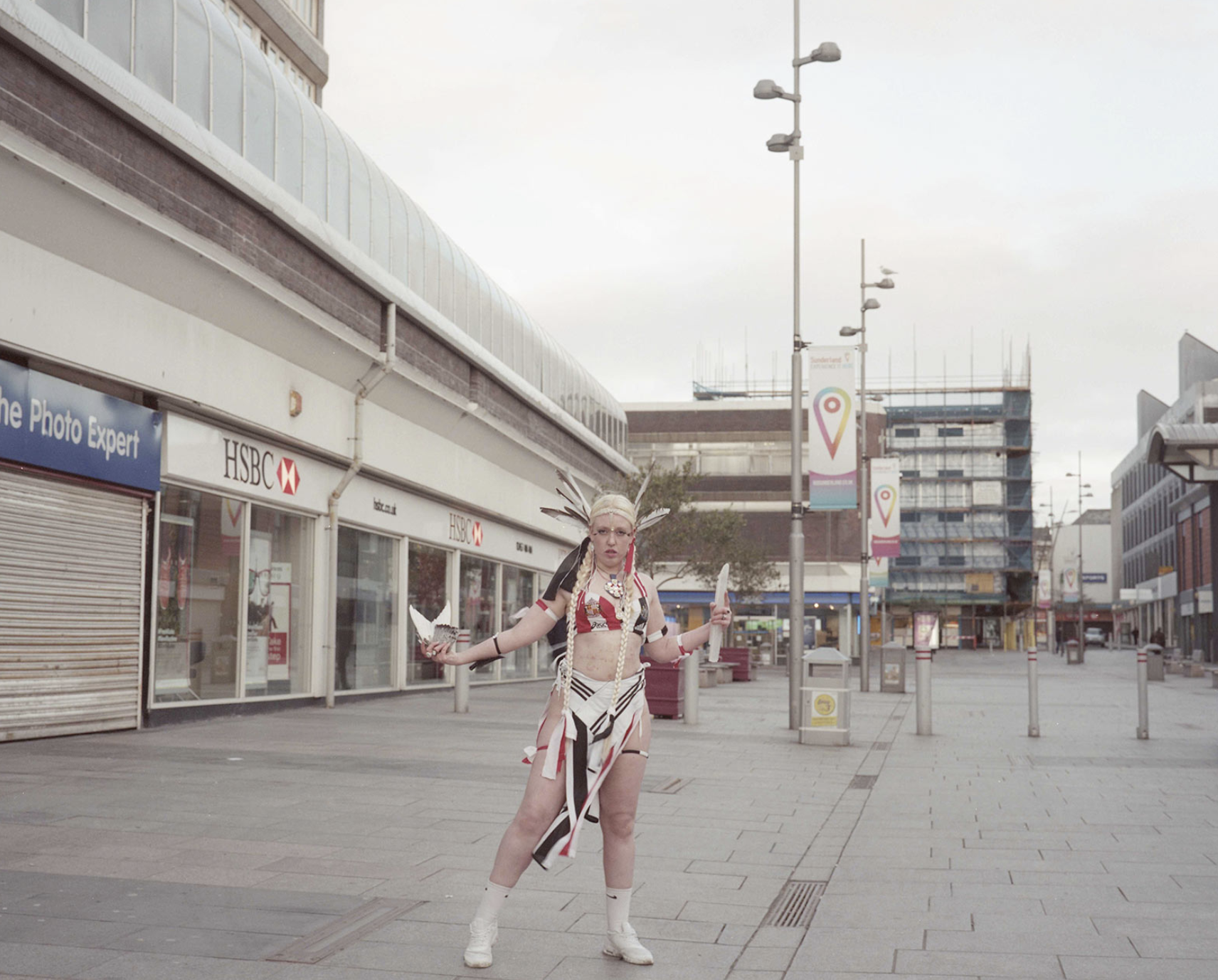
Weapon & Wound
Location: 12 Captain Cook Square (TK Maxx Store), Middlesbrough, TS1 5UB
Dates: Fri 26 Sept - Sat 4 Oct (closed Mon 29 Sept & Tue 30 Sept)
Hours: Daily 10am-4pm (Sun 12-4pm)
Access: Step Free
Artists: Bex Massy // Corbin Shaw // Erin Dickson // Jack Willshaw // John B. Ledger // Richie Culver // Sophie Beresford
-
Bex Massey’s work examines the role of painting and the language of display in the face of popular culture. They amalgamate simulacra and allegory to investigate notions of ‘worth’ via motifs and tones extracted from their childhood. Massey’s previous works and exhibitions have engaged the codes and history of queer culture, along with markers of selfhood and Northern identity. Recent works have become visually softer, more sedate and uncomfortable as the unease and ‘value’ in this series is created via the relationships between the minimal conflations.
Instagram @masseybex
www.bexmassey.com -
Basedin Bethnal Green, Corbin Shaw (b.1998) is a Sheffield-born artist, and Central Saint Martins graduate, exploring themes of personal & national identity, modern day folklore and masculinity through his multimedia practice.
Collaborations include Women’s Aid, BBC Sport , Fred Perry & The Pet Shop Boys. His work has been featured on cover’s for EXIT, Perfect Magazine and Circle Zero Eight . As well as features in The Guardian, The Face, Dazed, Metal Magazine and the Talk Art Podcast.
Corbin Shaw presented his fifth solo show, 'Eurotrash' at Spazio Maiocchi, Milan as an examination of the nuanced identity of Britain in the wake of Brexit. His fourth London solo show ‘Little Dark Age’ at Incubator, Marylebone, explored modern day Britishness through ancient crafts, questioning the meaning of tradition and what it means to be ‘English’ today. ‘The People Fled When The Sun Went Down’ showed at Jealous, Londonin 2023 where he pulped and recycled stolen copies of the sun newspaper to hand-make the paper for 22 original prints. He uses tabloid headlines against themselves in a mission to expose the hypocrisy of the British tabloids. In 2022 he presented 'Nowt as Queer as Folk', Guts Gallery, London, where he explored Folk Law and tradition in comparison to his South Yorkshire Village. Also in 2022 Corbin showed 'Martin Parr & Corbin Shaw' at OOF in London, where his work was shown in collaboration with legendary British artist Martin Parr to pay a homage to the Football Fan. Corbin has exhibited at the design Museum as part of 'Designing the Beautiful Game'. As well as at OOF alongside artists Jeremy Deller, Douglas Gordon, Lydia Blakeley and many more.
-
Exploring ideas of home through language, culture and vernacular architecture, Erin Dickson’s expansive practice engages tongue-in-cheek themes of ‘Britishness’. Working in the space between craft and digital manufacture, she works both physically and virtually, from processing data to create 3D models to developing systems of correspondence. Through humour, Dickson’s sculpture, video and installations soften deliberately provocative subject matter including British class systems, AI bias, intimacy, community, and isolation.
Her work has been exhibited internationally, most notably at Glasstress, a collateral event of the Venice Biennale, as well as the Royal Academy of Arts, Baltic Centre for Contemporary Art and FACT Liverpool, UK. She has received international grants and awards including an Honorary Diploma from the Jutta Cuny Foundation, Germany, The Kyohei Fujita Memorial Prize from Glasmuseet Ebeltoft, Denmark, and a National Lottery Project Grant from Arts Council England.
Dickson lives and works in NSW, Australia.
Instagram: @Erin Dickson
-
Jack Willshaw is a 20 year old visual artist from Thornaby on Tees, in the North East of England. His work explores themes of memory, class, and cultural erasure in post industrial Britain. Drawing from his own lived experience, he critiques the systems that attempt to shape working class life. At the heart of his practice is a desire to create space for a more sensitive, nuanced understanding of class, one that moves beyond stereotype and misrepresentation.
Instagram: @artjbw
-
John B Ledger (b. 1984, Barnsley, South Yorkshire) is a visual artist whose work emerges from lengthy autoethnographic and socio-political assessments. Taking the form of large-scale drawings, maps or films, his practice is deeply informed by the post-industrial landscape and the post-historical culture that defined his formative years. John’s work also looks at our relations to the ‘self’ in late capitalism and an age of social media overload.
Instagram: @jb_ledger
www.john-ledger.co.uk -
Richie Culver (born Hull) is a multidisciplinary artist working in painting, music, performance and photography. He graduated from the Royal Collage of Art in 2023 on the MA painting programme.
Culver’s practice is becoming increasingly difficult to pin down. The myriad of processes employed by the artist seem to act in criticism of one another, providing layers of discourse - a heavy, schizophrenic internal monologue concerned only with the eternal deconstruction of itself.
Discovering Art (with a capital ‘A’) after stumbling across a copy of Nan Goldin’s The Ballad of Sexual Dependency at an afterparty, Culver found that he understood the images. In the haze of skunk smoke, twisting conversation and creeping anxiety of the early morning there came a convalescence - Throbbing Gristle through a broken speaker talked in the same tongues as Goldin’s arresting photographs, situation as curator, jittering atmosphere provides the context.
Often when described as having a multidisciplinary approach, artists often utilise different mediums as a means of approaching the same concern. A sculpture of a painting, a performance to activate the space, a book of everything to take home with you.
Unique to Culver’s practice is the antagonistic relationship that each process seems to have both with itself and the other methodologies existing within the miasma.
Paintings seemingly designed with the express purpose of undermining painting elbow their way into the foreground, developing in layers against their will until brushing up against the edge of formalism: The swagger and sardonicism of the text giving way, submitting to its role as a formal device. In spite of themselves, they continue to exist - paintings in denial of painting.
Aesthetically, the paintings employ devices found in the work of artists like Kippenberger or Meese whilst equally echoing the process driven approach of Christopher Wool or Wade Guyton - albeit with the artist’s gesture acting in place of printer and stencil.
For all of their pomp and ardour, Culver’s paintings provide inroads both to viewers enamoured by their self-deprecation and mockery of art-world tropes as well as those taken in by their clear and coherent relationship to the history of painting.
Formally, the works are becoming increasingly aware of how they perform as paintings, with areas being reworked or removed entirely seemingly with the aim of creating a compositional harmony, or employing the rejection of one as an intentional device. Forever at odds with themselves, Culver’s paintings are cannibalistic, with particular phrases, shapes or styles piling on one another until they reach their point of expiration. Meaning isn’t derived, it’s squeezed until the fruit is dry.
The artist’s prolific sonic output exists in another field, taking influence from outsider music, experimental synthesis and Power Electronics to produce a body of work typified by stark use of minimal sampling and synthesis chewing on the often-modulated chunks of spoken word. His 2024 release Hostile Environments provides the output closest to music, employing use of ambient atmospherics and cut up melody as a backing to the increasingly effect-driven spoken word and sampling.
Performing live in a variety of settings, from squats and basement bars to Berlin Atonal or Camden Arts Centre, Culver takes the stage with a sort of ambivalence to his surroundings. Nowhere is ever perfect because it could be somewhere else, certainty is an enemy when you make a friend of clouded memory, undulating sense of self and the endless need to move and reasses.
Richie Culver (b. 1979, Hull) is a Multidisciplinary Artist based in London. His work transcends medium, treating material as a critical framework for broader discussion around themes of Labour, Identity and Mental Illness. He has exhibited nationally and internationally, including and earned his MA in Painting from the Royal College of Art in 2023.
Text by Allan Gardner
-
Sophie Beresford is a Sunderland-based artist who uses her considerable creative imagination to visually represent what she calls “council estate culture”.
Key to Sophie’s practice is an overarching theme of regional pride, her work espouses the benefits culture in the wider sense can have on people. “My experience of my own culture is that we have no time for creativity because we are supposed to get on with getting a ‘proper job’ and working full time for a pittance doing some shit we have no interest in to survive. There is so much creativity in people it is a travesty to see it being locked away, so I’m interested in reconnecting people to their creativity and dreams and supporting them to put it/them into action.”
The visual element of the exhibition takes influence from the use of symbolism used to represent culture’s visual language, from Adidas stripes to the Lacoste crocodile emblem and the tree of life used on Timberland shoes. “Expect lots of velvet, sportswear and trippy shizzle and geometry.”
www.breezecreatives.com/abject-gallery/sophie-lisa-beresford
about the show.
Culture is both weapon and wound. It is something inherited, imposed, reworked, and reclaimed. It shapes how we see ourselves and how others see us, often without permission. It carries the pain of exclusion, of being mocked, dismissed, or invisible. But within that same culture lies the language for resistance. Through text, image, sound, and symbolism, culture becomes a tool to fight back, to assert identity, to mourn, to celebrate, and to make meaning out of chaos. The personal becomes political not by intention but by necessity, because survival for many means reshaping what’s been handed down into something that can speak back.
These practices explore the contradictions of belonging and alienation, how a football chant, a childhood memory, a mass-produced object, or a local dialect can carry both shame and pride. There is a fierce tenderness in this work, a refusal to abandon where one comes from even as it’s reimagined. There is an understanding that culture isn’t fixed, it’s something that moves, mutates, and mirrors the world as it is felt by those often left out of the official narrative. Whether through satire, vulnerability, ritual, or rebellion, these gestures reclaim space. They remind us that culture, when handled honestly, can cut deep, and that from those cuts, something new can emerge.
